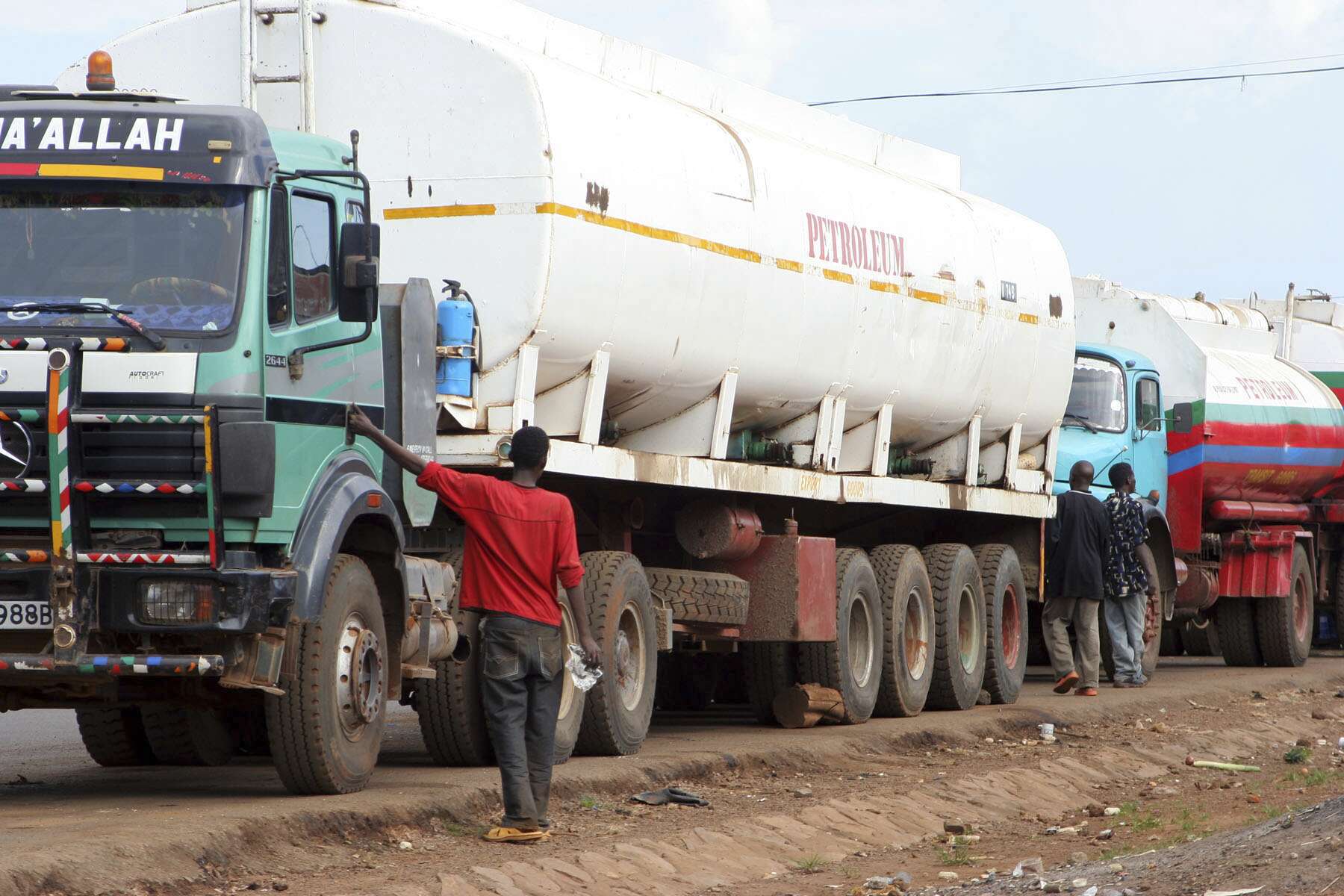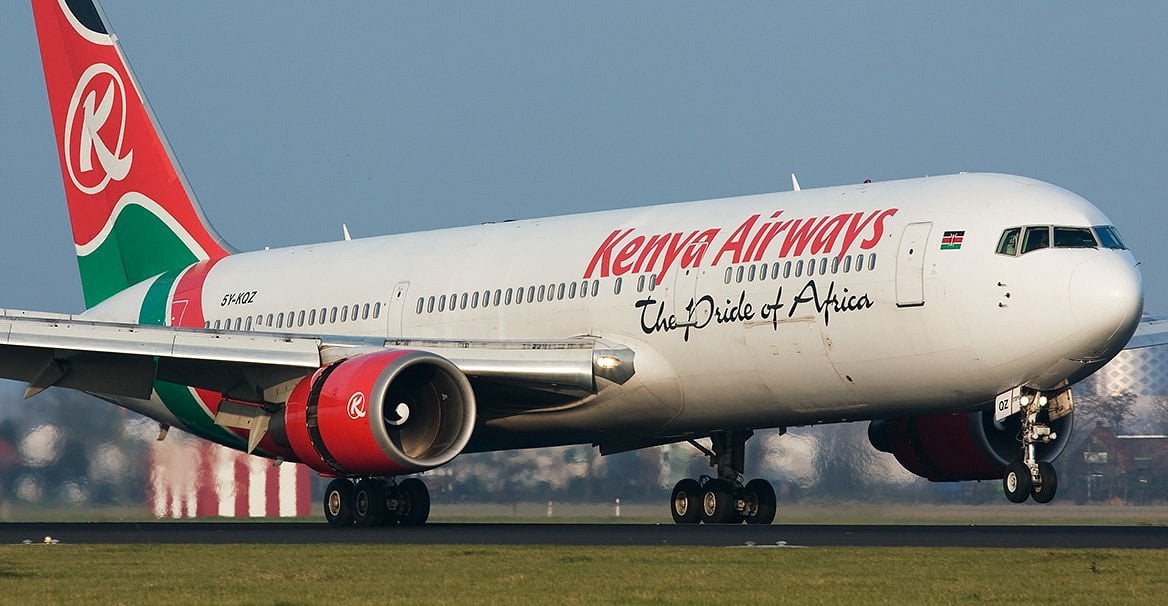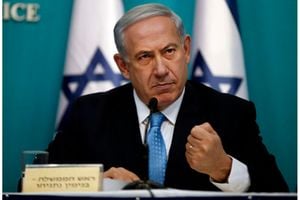
Remembrance. The monument built at Bireembo Primary School where the fierce battle between NRA and government forces took place.
President Museveni on Saturday kicked off the 195km symbolic trek from Galamba in Wakiso District to Bireembo in Kakumiro District to celebrate the freedom fighters’ heroic sacrifices for patriotism.
According to State House, the President is leading veterans, youth and well-wishers in the trek code named “Africa Kwetu” which will end on January 9 at Bireembo. He is expected to hold a rally there the next day.
There is a feeling of expectancy for residents, especially those on the trek route who have set up temporary food outlets and shops to cash in on the event. District officials are also holding meetings and clearing the venues and roads.
According to the National Resistance Army (NRA) war veterans, Bireembo is symbolic because they remember it as a centre of fierce battle between them and government forces of Milton Obote.
Mr Museveni, the NRA leader, is said to have fled into the bushes in Kasambya and Nalweyo sub-counties with his forces following the battle.
The battle, which claimed several NRA fighters and government forces took place between January 8 and 9, 1985, at the peak of the five-year guerrilla war which Mr Museveni had waged against Obote’s government from 1981.
To escape possible capture by Obote’s forces, Mr Museveni and his rebels disguised as government soldiers to beat the roadblocks set up by troops and residents.
Nearly 35 years later, residents of Kitaihuka Trading Centre in the current Kitaihuka Sub-county, Kakumiro District, who helped hide, feed and advise Mr Museveni on escape routes, still recount the story.
Mr Gerald Serugave, now in his 50s, says he was part of the vigilante group in Kitaihuka Village formed to man roadblocks to capture and kill Mr Museveni and his rebels.
‘‘On January 9, 1985, government soldiers held a meeting with all residents in which they ordered us to form groups that would fight the NRA rebels that were fleeing the Bireembo battle in the next Kasambya Sub-county. Two groups of 10 people were formed to man two roadblocks. We were armed with spears and machetes to wait and kill Museveni and his rebels,’’ Mr Serugave recounts.
He says on January 11, 1985, at about 4pm, the rebels were already in the village’s vicinity at Kaina swamp in the current Kiterede Village.
‘‘A man called Tanasi Muberuka, who was living around Kaina swamp in the current Kitaihuka Sub-county, told people that he had seen the rebels. One of the rebels armed with a machine gun, who was disguised as a government soldier, asked men manning the roadblock to go with him and meet a commander of government soldiers,’’ Mr Serugave adds.
He says when they reached the swamp, residents, led by Mr Alifunsi Ziwa (RIP), met a man resting on a small mattress.
‘‘Ziwa asked the middle-aged man sleeping on the mattress (Museveni) whether he was a rebel or a government soldier. The man (Museveni) said he was a government soldier. The whole group of men from the roadblock was told to sit as captives. The man engaged them in conversation in which he asked the residents whether government had equipped them with weapons and other war materials,’’ Mr Serugave recalls.
Museveni reveals himself
However, he adds that no one had realised that it was Mr Museveni who was sleeping on the mattress.
But as dusk set in, several soldiers armed with machine guns and packages of explosives emerged from the bushes around the swamp and surrounded the place.
Serugave says it is at this moment when Mr Museveni disclosed that he was the rebel leader, a revelation that shocked the captives, adding that he further scared them when he announced it was his turn to kill those who were waiting to kill him and the rebels.
‘‘This pronouncement sent panic waves among us. We all started pleading for forgiveness and asked Museveni to spare our lives because we had been forced by Obote’s government forces. Museveni wrote down all our names in a red notebook. He then said that he had forgiven us. He said Obote’s government was bad and that is why he had decided to fight it. We knelt down and thanked him. We requested to follow him but he said he would not manage our big number since we had no military training,’’ Mr Serugave narrates.
He says the rebels then led them out of the swamp to Kitaihuka where they were locked in a house which belonged to Mr Francis Mutyaba (RIP), to protect them from government forces.
Mr Muberuka, who was the first to see the rebels at the swamp, said Mr Museveni started explaining to them why he had waged a war against government.
‘‘He spent the night telling us why he chose to fight the government. He said he will bring good services, including extending electricity, roads, and communication, education among other services. He, however, promised to come back after the war. He also requested for prayers in order to win the war,” Mr Muberuka says.
“At around 3am on January 12, 1985, Museveni asked for a shortcut to Kyankwanzi. He warned us that government forces will come and torture us but promised that he would come back to help us. He thanked us for being cooperative,’’ he adds.
Trouble befalls the village
However, it is a sad memory for Mr Alikangero Tibiraga, another resident, who was hit by a grenade allegedly left behind by NRA rebels while he was going to fetch water.
‘‘My leg was ripped off by a grenade which almost killed me. It had been left by the rebels on the previous night,’’ Mr Tibiraga says.
Mr Mubereuka said a week after hosting Mr Museveni, government forces rounded up whoever was with the rebels and imprisoned them.
‘‘Many of us were arrested and imprisoned in Hoima. From prison, we sold our properties, some of us lost lives because of helping the rebels,’’ he adds.
Mr Serugave and Mr Muberuka later formed a savings group, and they have been lobbying for government’s support.
‘‘We also formed an association to keep together. Out of the 27 members who met Museveni, 12 of them died. Our group has never got any form of support from the President’s as their friend,’’ Mr Serugave says.
Mr Akileo Tusiime, the Kitaihuka Sub-county chairperson, says the group has tried to meet the President in vain.
‘‘I am very concerned that many people have benefited but these people who risked their lives to accommodate the President are yet to benefit,’’ Mr Tusiime says.
Every January 11, surviving members sit under a mango tree to recall the event and tell it to young people.
Unfulfilled promises
Residents who offered help to President Museveni during the war have demanded to meet him over unfulfilled pledges.
Under their umbrella, Ekyererezi Kya Bireembo, members met Mr Kasirivu Atwooki, the State Minister for Economic Monitoring, at Bireembo Primary School at the weekend ahead of Mr Museveni’s trek and visit.
Mr Kasirivu asked the members to document all the fulfilled and unfulfilled presidential pledges as they prepare to meet him.
‘‘We still have our President and we can remind him. The President can’t totally forget, he only needs to be reminded. It is better we document all what he promised both the fulfilled and the unfulfilled such that I can report to him comprehensively. Good enough we still have the people who were with him and they can still tell the story,” he said.
He added that government constructed the Bireembo War Memorial Technical Institute at the battle zone.
‘‘The government has extended several services to this region, including electricity, roads such as Mubende-Kagadi, Buhimba-Kakumiro and Hoima-Kagadi-Kyenjojo,’’ Mr Kasirivu added.
About trek
The trek, organised by the NRA Archives Unit headed by the President’s senior adviser/NRA, Ms Alice Kaboyo, comes 20 years after President Museveni did the same trek in 1999. The President and his companions, who are expected to camp at eight sites to celebrate freedom fighters heroic sacrifices for patriotism, will cover about 195km.
The Kakumiro Resident District Commissioner, Mr Apollo Mugume, said Mr Museveni is slated to walk from Garamba in Wakiso to Mityana, proceed to Kiboga and Kyankwanzi. On January 8, the President will reach Kakumiro through Nkooko Sub County where he will continue to walk through Kibijo-Nkondo up to Kasambya and spend a night. On January 9, the President will walk to Birembo and address a public rally on January 10.




